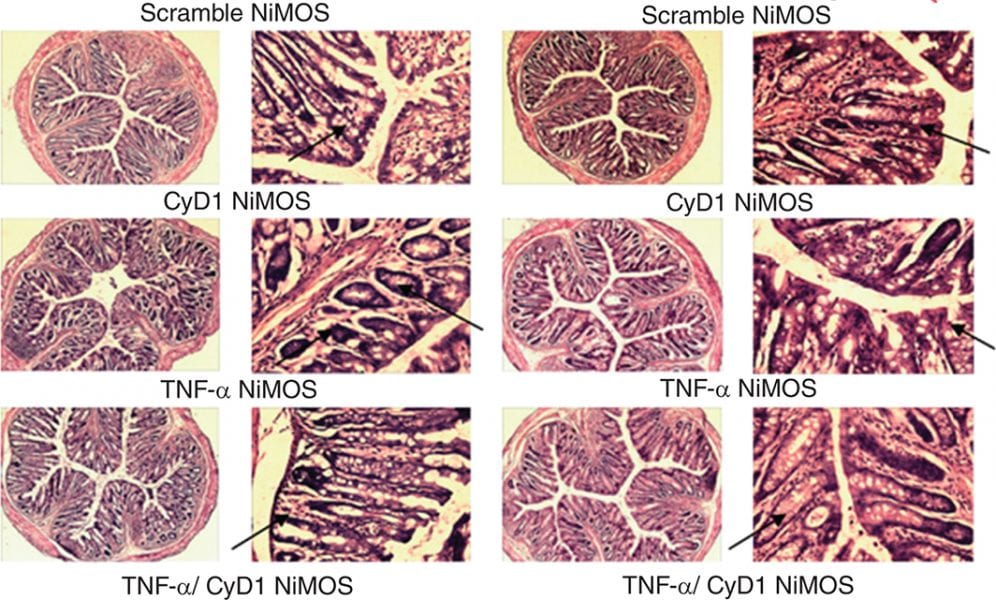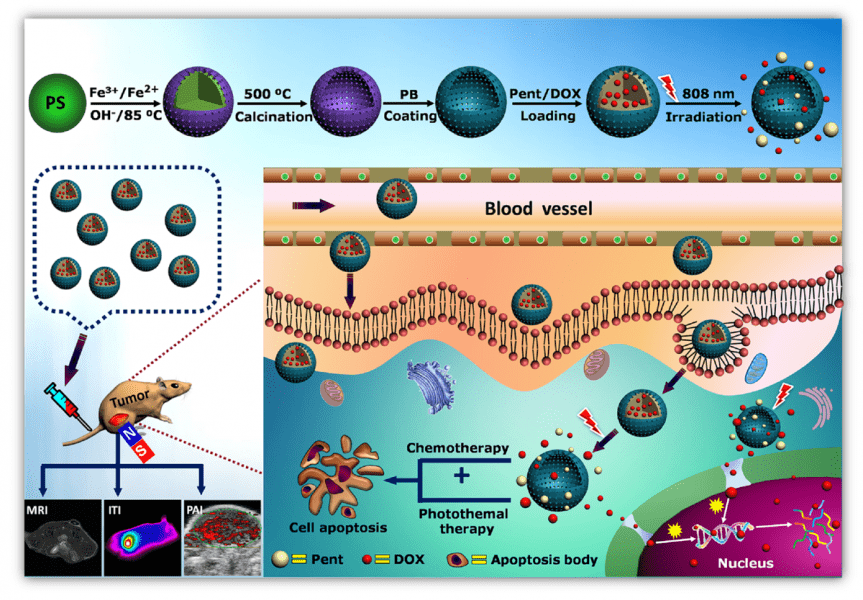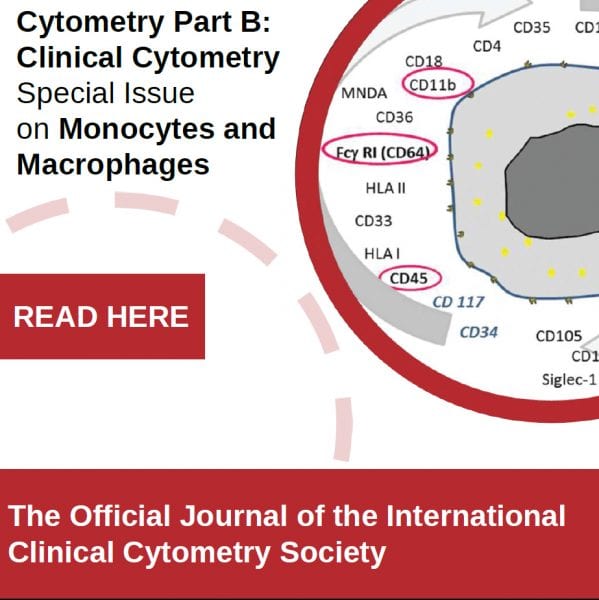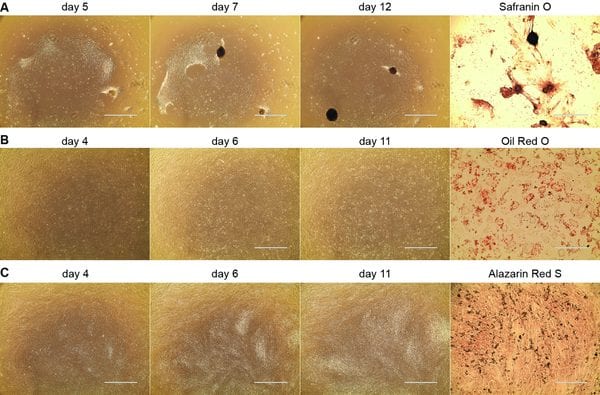This week’s Advanced Healthcare Materials covers.


This week’s Advanced Healthcare Materials covers.

Malignant brain tumors are heterogeneous and invasive, with high morbidity and mortality rates. The main challenge associated in treating such tumors is the presence of the blood-brain barrier (BBB), which actively filters out molecules entering from the blood stream. (Image credit: Triff/Shutterstock)

DNA and RNA (nucleic acids) interference therapies have the potential to treat many human diseases.

Controlled delivery of anti-tumor drug with a new design incorporating a phase-change material in magnetic nanoparticles allowing chemo-photothermal combined tumor therapy with multimodal tumor imaging.

Various views on the same cell are discussed in a recent Special Issue on Monocytes and Marcophages.

A Special Issue that reports on the latest technical developments in QPI used to study the mechanisms of cancer and neurodegenerative disorders, to develop multispecific pharmaceutical formulations, and as a robust segmentation technology for microbial cells.

Dr. Lucio Costa and co-workers describe six different behavioral tests in the three main areas affected in ASD (repetitive behavior, communication, social interactions).

May’s Advanced Healthcare Materials covers.

New protocols for the isolation of UC-MSCs are explored, including several helpful, individual protocols to aid quality control and ensure that the UC-MSCs are characterized thoroughly while improving yield.

New research has revealed that a pair of catalytic enzymes, called extracellular signal-regulated kinases 1 and 2 (ERK1/2), may play an essential role in the development of corneal blindness. (Image credit: MJTH/Shutterstock).